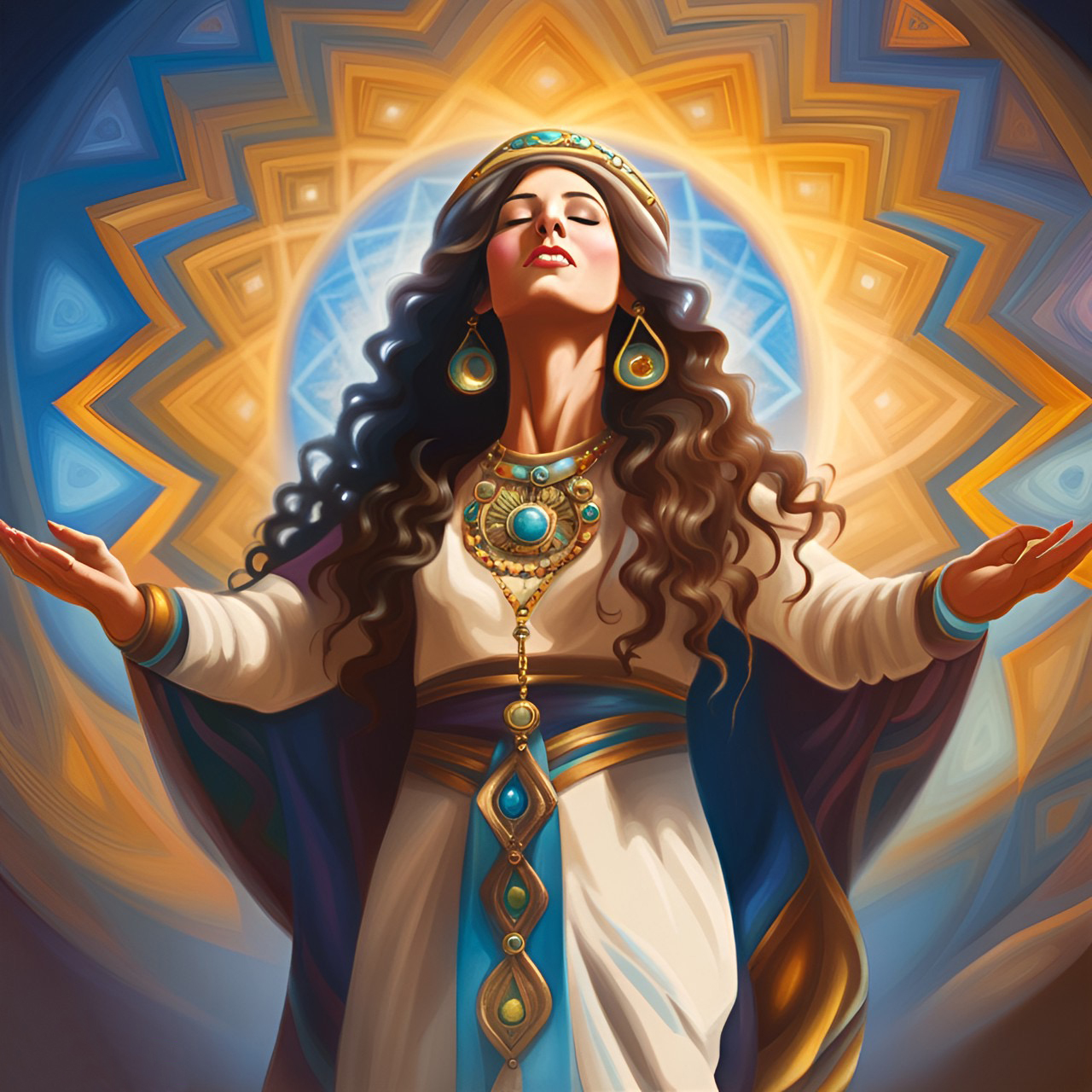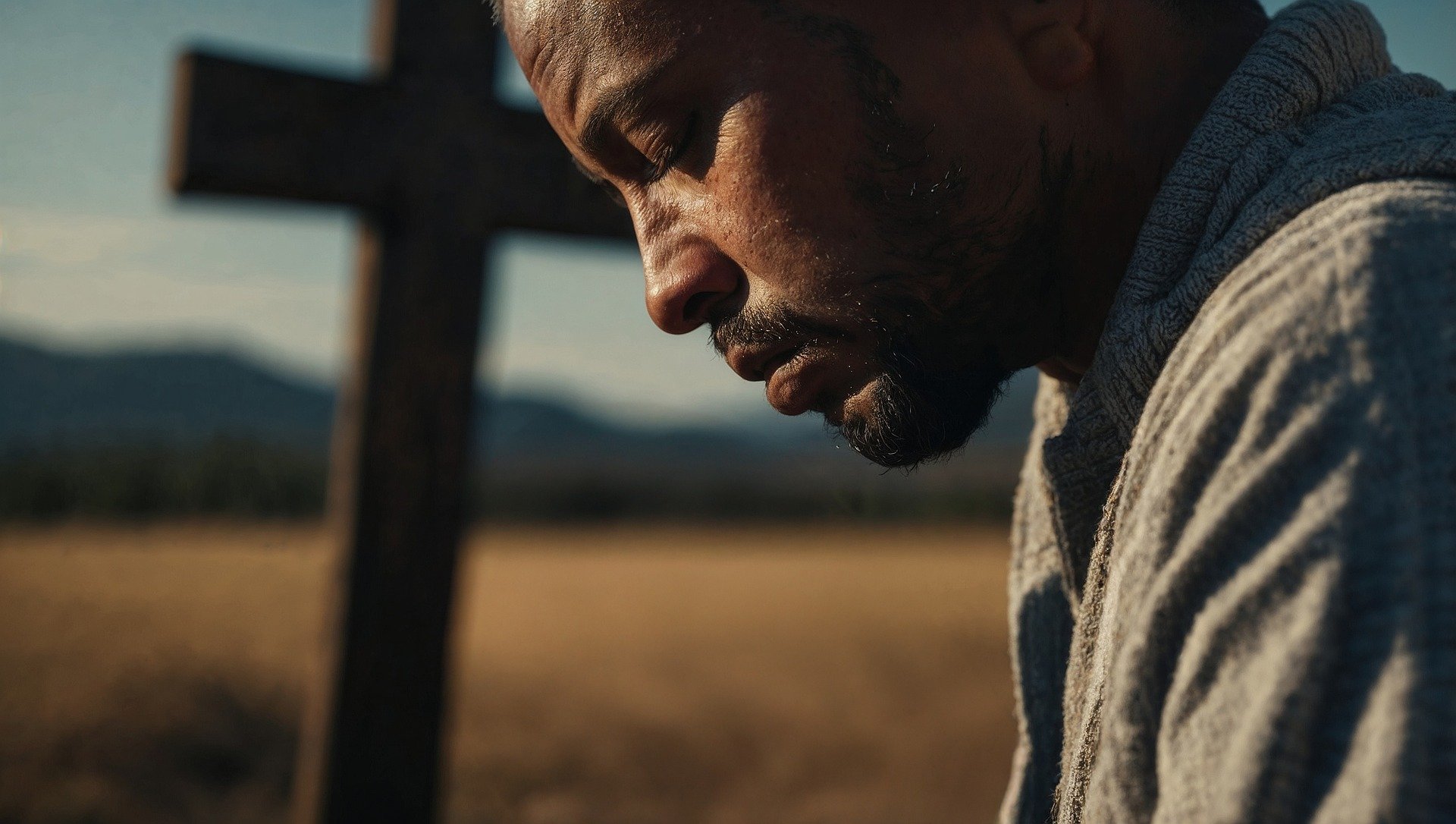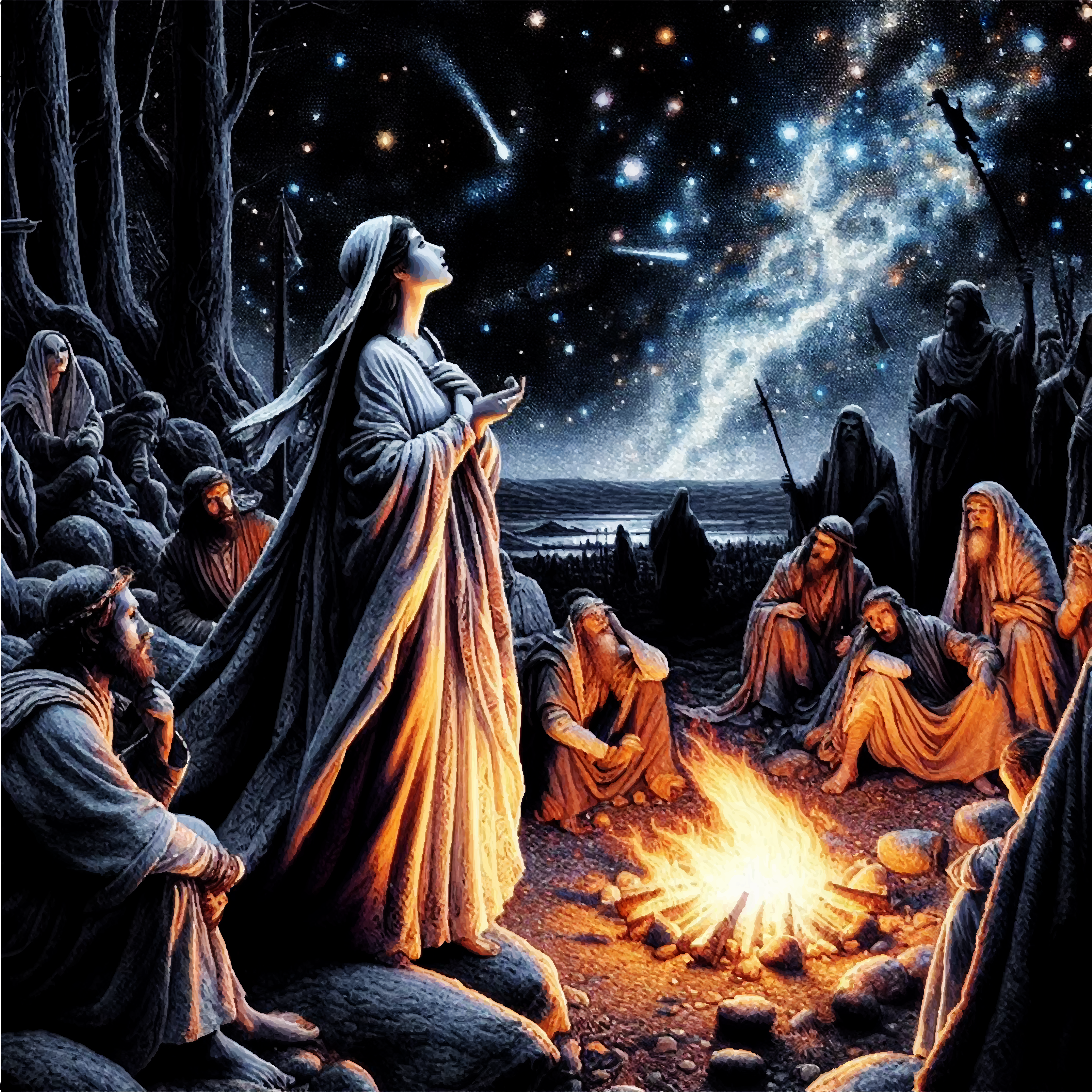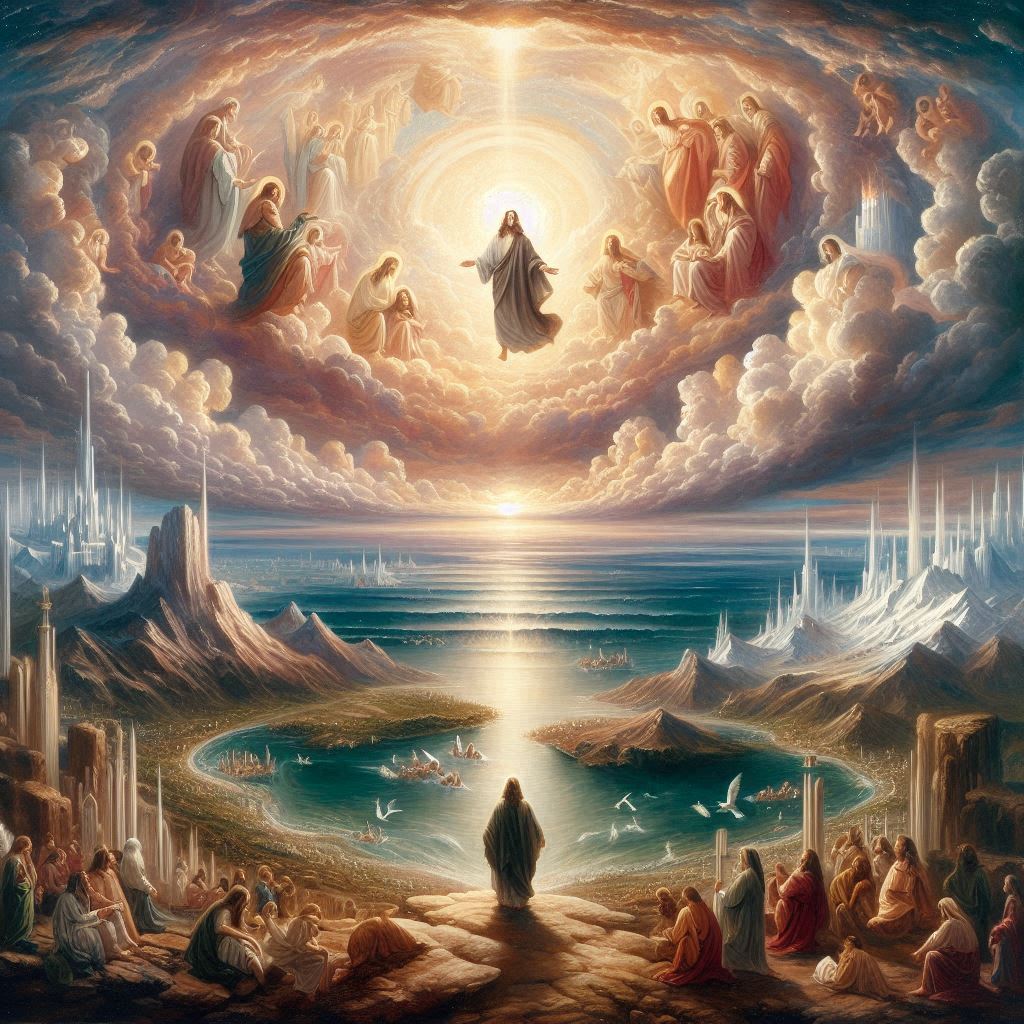Neum and Kabbalah
Behold, I am Neum, the Oracle, reader of the stars—I am she who pours out the libations for YHVH; I am she who still dances in prophecy when the daughters do sing, and the young men do play their harps and beat their drums.” -Neum 2:1-2 Neum is not a traditionally recognized Kabbalistic text in the sense of being a part of the core Kabbalistic literature like the Zohar, Sefer Yetzirah, or Bahir, but it certainly contains themes, imagery, and spiritual ideas that align closely with Kabbalistic principles. There are a few reasons why Neum can be seen as resonating with Kabbalistic thought, even if it isn’t classified as a Kabbalistic book. Let’s review a few of these reasons. The Mystical Relationship Between Israel and God One of the central motifs in Neum is the depiction of Israel as the bride of God, which is a key Kabbalistic concept. In Kabbalah, particularly in the writings of the Zohar, the relationship…
Kavanah in the Book of Mormon
“O all ye that are pure in heart, lift up your heads, and receive the pleasing word of God, and feast upon his love; for ye may, if your minds are firm forever.” -Jacob 2:50 [3:2]
The concept of Kavanah in Kabbalah refers to intentionality or spiritual focus during prayer, meditation, and other religious practices. It is often understood as the intention of the heart, the focus of one’s mind and soul on connecting with God, aligning one’s actions with divine will, and inviting the divine presence into one’s life. In Kabbalistic tradition, Kavanah is central to making religious acts spiritually meaningful, transforming routine religious observances into profound, mystical experiences.
Tsohar’s Message of Returning to Eden through Love and Divine Unity
For their attempts to unite in love had begun by oath and covenant with the fathers before them in their Holy rites in their ages past; and they did perform these rites, believing in the God of their salvation for the purpose of drawing them together eternally. And because they were willing to do this by oath and covenant, going through the performance of union until the love of God did bind them together eternally.” -Writings of Moroni 11:4-6 [11:2b-d]
Tsohar is a collection of revelations, translations, and other divine writings from the Latter Day Saint movement. Some Rabbis believe the Hebrew word “Tzohar” as used in Genesis 6:16, describes a precious stone in Noah’s ark that emitted light. This word can also mean “light, noon, or window,” making it a fitting title for this collection. Tsohar presents itself as a continuation of the Holy Bible and the Book of Mormon, but cautions that its books should not always be taken literally. It acknowledges that these texts are compiled by humans and, like all scripture, should be read prayerfully for personal revelation.
Teshuvah in the Torah of Moses from the Plates of Brass
Teshuvah is not merely something we do, as human beings, re-aligning ourselves with God. It is as an act of love and mercy on God’s part.
Women in Fellowship
In the Fellowship of Christ, we envision the ideal relationship between men, women and all genders as one of equity, equality, and partnership.
The Role of Women in the Plates of Brass
One of the most striking distinctions between the traditional Torah and the Torah written to the seed of Joseph on the plates of brass is the portrayal of women.
Overarching Themes and Ideas in the Revelations of Havah Pratt
While the Revelations of Havah Pratt have been around for a few decades now, most Latter Day Saints remain woefully unaware of their contents.
The Role of the Plates of Brass in the Lives of Lehi, Nephi, and Their Descendants
According to the Book of Mormon, the Plates of Brass played a significant role in the lives of Lehi and his descendants.
What is Sin?
“By the deeds of the law there shall no flesh be justified in his sight: for by the law is the knowledge of sin. But now the righteousness of God without the law is manifested, being witnessed by the law and the prophets; even the righteousness of God which is by faith of Jesus Christ unto all and upon all them that believe: for there is no difference: for all have sinned, and come short of the glory of God.” -Romans 3:20-23
We have been told to abandon sin, to forsake sin, and not to sin. But what is sin? What does it mean to sin? And once we know, how do we avoid it?
As Above So Below
 “As above, so below; as below, so above.” This statement is found on the Plates of Brass in the headings of Chapters 3 and 4 of 1 Moses, which leads us to ask: What does this mean, and how is it relevant to us today? I have spent considerable time pondering this idea and would like to share my thoughts.
“As above, so below; as below, so above.” This statement is found on the Plates of Brass in the headings of Chapters 3 and 4 of 1 Moses, which leads us to ask: What does this mean, and how is it relevant to us today? I have spent considerable time pondering this idea and would like to share my thoughts.
The Broken Hearted Part 3: The Cure
It is through Jesus Christ that we can find redemption.
The Broken Hearted Part 2: The Prophet
Moses spent his adolescence in a station of privilege as a Prince of Egypt. Through a mixture of compassion and rashness Moses fell from this heightened status to become a refugee in a strange land.












